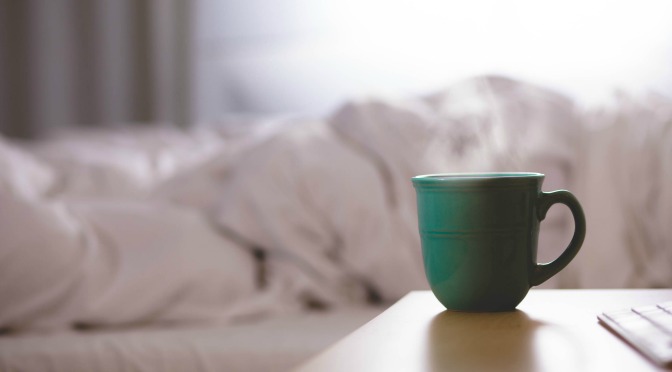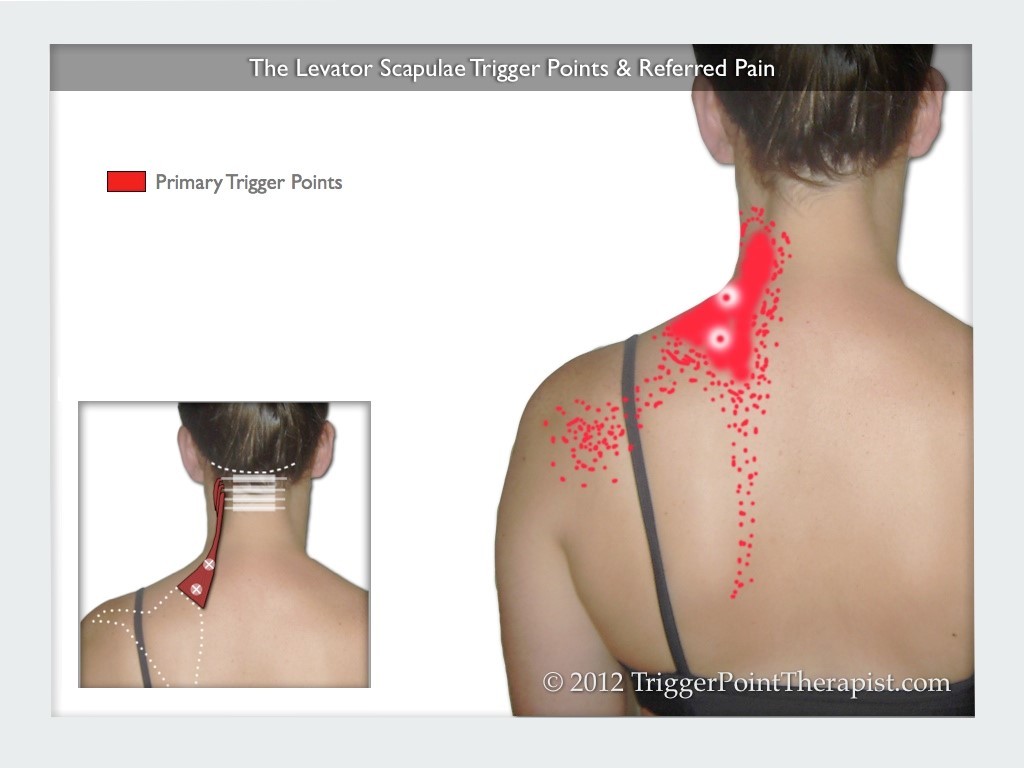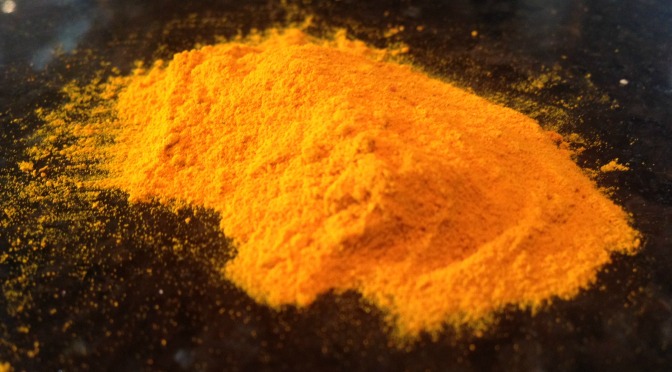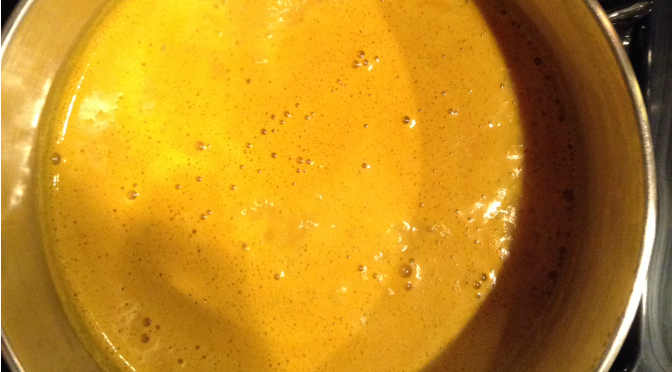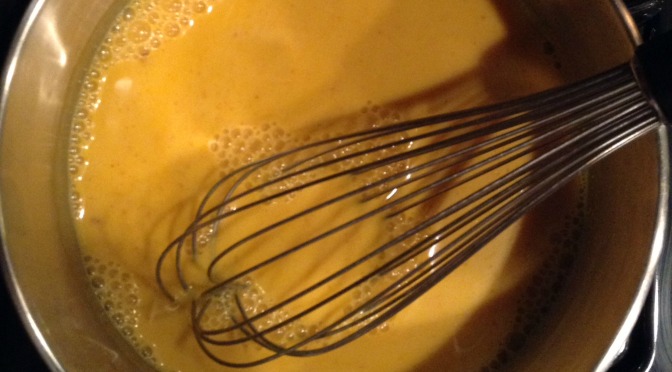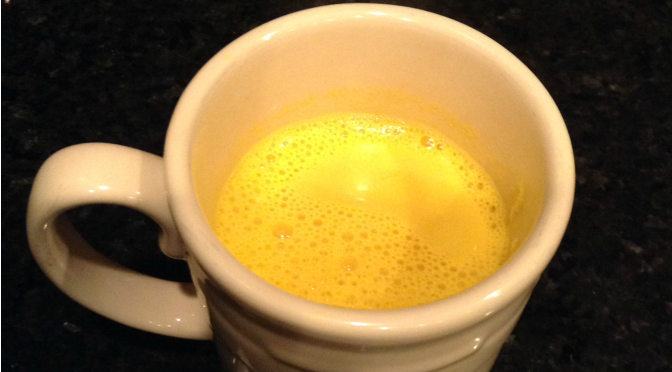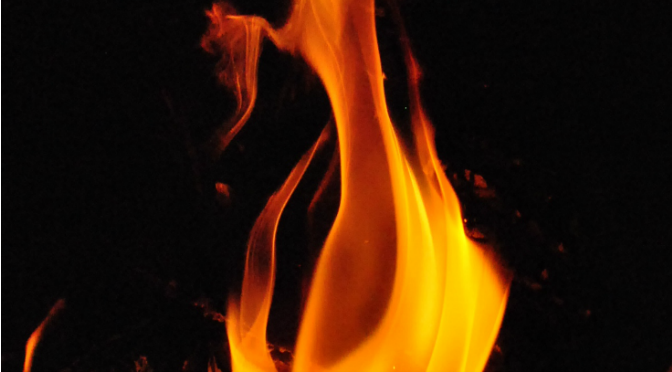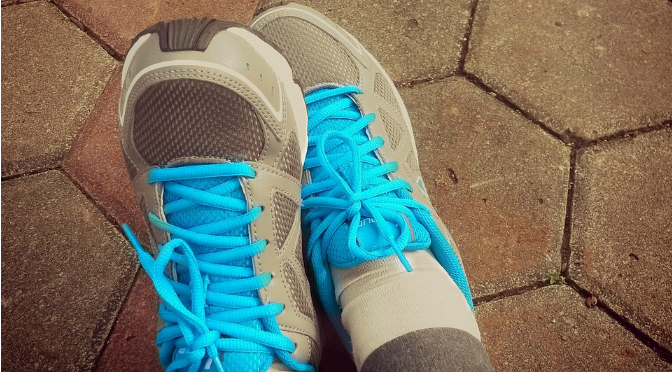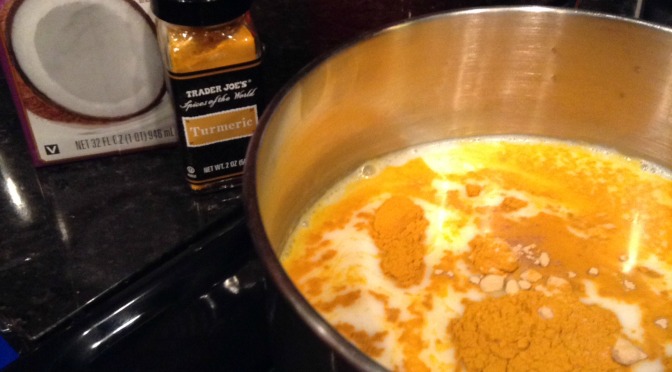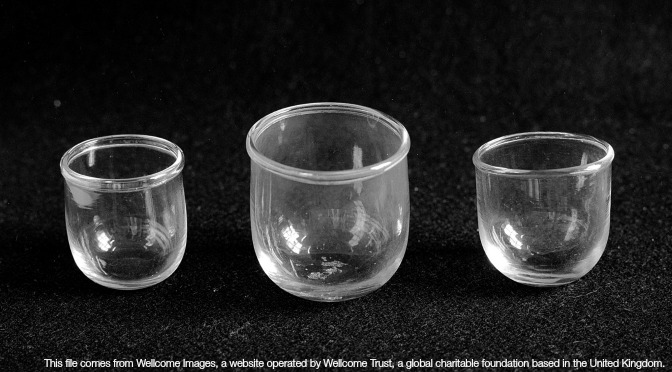by Erin Gaus (eringaus.com)
It was one of those restless nights in my family where we were all fighting a terrible head cold. My three year old ended up in our bed, as three year olds with colds are wont to do, and we all had a pretty horrible night’s sleep.
Well, except the three year old, who awoke miraculously healed and ready to EAT. I rolled out of bed to take his breakfast order.
“Carrots and Wanch Dwessing”, he said confidently.
I paused. Because, you see, I have pretty firm ideas about what qualifies as breakfast food and what doesn’t, and “Carrots and Wanch Dwessing” was pretty much off the breakfast radar.
I have these rigid ideas about a lot of things. What spoon I use to make scrambled eggs. Where the throw pillows go on the couch. How the beds are made.
When my husband protests I explain that it’s all in an effort to make our lives more ORGANIZED and therefore, simple.
I’ve not just a need, but a drive to “put things in their place” and “keep things in order”. I’ve amassed an impressive collection of menu planning apps, day planners and to-do list organizers. I’m a sucker for advertisements that target “busy moms.” My perfect day revolved around the mantra: “a place for everything and everything in its place.” The idea that I should “embrace the chaos” was not one I subscribed to. Although honestly, I didn’t know why. I just knew that it seemed like I was amassing a lot of stuff in the name of simplicity.
The idea carried over into my treatments with Anita. I would hit the table with a mission; “I need fixed HERE. Let’s do this.” And she would get to work. I would fidget impatiently as her hands would hit the farthest point away from where I hurt. She would say gently “Does this feel tight?” “Well, yeah,” I would reply, “But Anita, it hurts HERE.” With a sly smile that basically said “patience grasshopper” she would move through her routine, working and gently stretching and as I relaxed into the treatment I realized that why, YES that is really solving the problem, isn’t it? Silly grasshopper.
So, if going with the flow in my pain therapy treatment had such amazing results, why not give it a shot in, well, LIFE?
Back to that morning breakfast situation.
As I stood there in an early morning congestion-induced haze. I had an epiphany.
WHY NOT?
“Carrots and Wanch it is!” I said.
I carried a little toddler sized portion of carrots and ranch, along with two very grown up sized coffees, back up the stairs (because – GASP! – we were going to eat IN BED!). Our usual breakfast was full of such BIG things; full of “must eat this” and “hurry and finish”, but today it full of giggles, morning cartoons, cute dogs stealing carrots, and all manner of wonderful things.
No overthinking. No tantrums.
Simplicity found in embracing the chaos. Not fighting it. Who knew?
